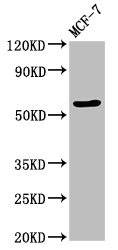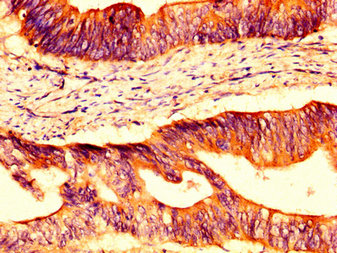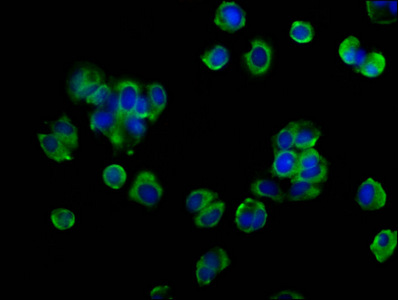The OCLN antibody is a polyclonal IgG antibody developed in a rabbit. The immunogen is the recombinant human OCLN protein (285-430aa). The purity of this OCLN antibody exceeds 95% using protein G purification. This OCLN antibody is specifically reactive with human species. The reactivity of this OCLN antibody with the OCLN protein has been confirmed by ELISA, WB, IHC, and IF assays.
The OCLN protein mainly forms tight junctions between adjacent epithelial and endothelial cells and plays a crucial role in maintaining the integrity of the blood-brain barrier. OCLN protein has also been implicated in signal transduction, cell adhesion, and cell migration. Dysregulation of OCLN expression or function can lead to various pathological conditions, including inflammatory bowel disease, viral infections, and cancer.









